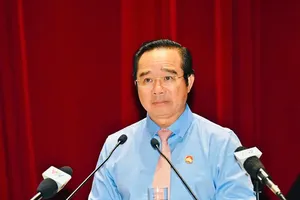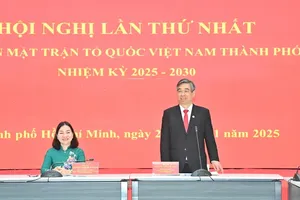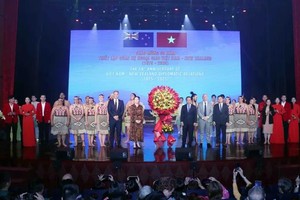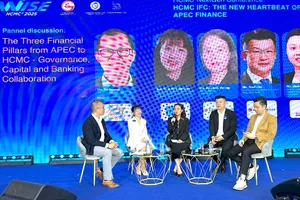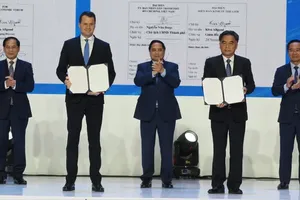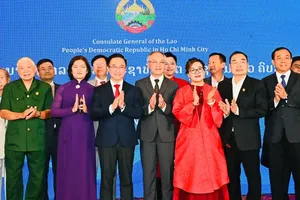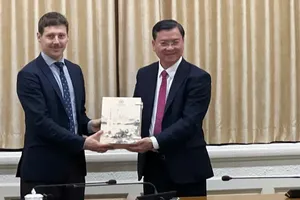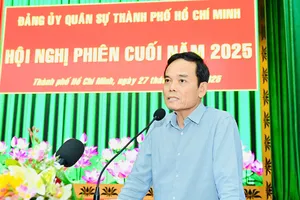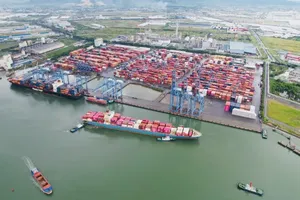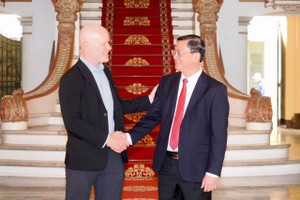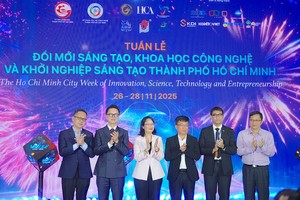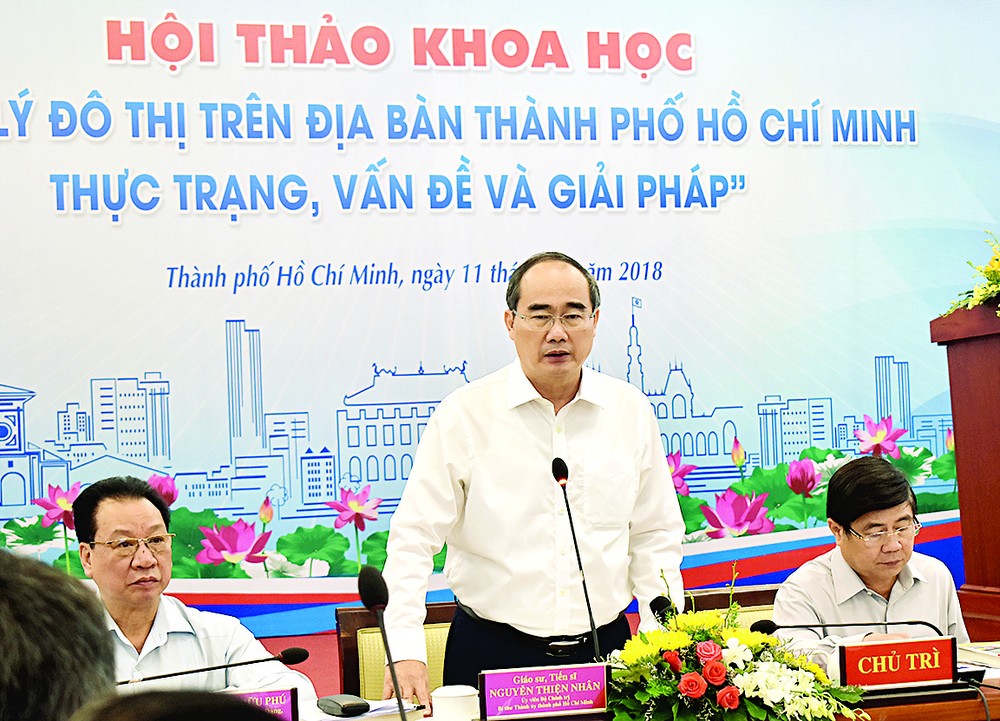
At the workshop, Mr. Tran Ngoc Chinh, chairman of Vietnam Urban Development Planning Association, said that infrastructure in eight provinces surrounding HCMC is related to each other with interprovincial routes such as instance Highway 51, HCMC-Long Thanh-Dau Giay-Ben Luc expressway. So good regional connectivity will help HCMC to solve its challenges basically.
Director of HCMC Department of Transport Bui Xuan Cuong proposed urban management and urban traffic management should not be within the city but in the correlation with neighboring cities and provinces.
According to development direction of multi-polar urban region in which HCMC will play central role, satellite city governments need to receive appropriate attention in carrying out urban planning investments. That will reduce ongoing pressure for HCMC and connect traffic between central and satellite cities.
Former deputy secretary of HCMC Party Committee Pham Chanh Truc said that problems from urban development would not be solved with only road system. Other traffic system such as railway should be developed to link HCMC up to others provinces and cites such as Can Tho and Da Lat city to facilitate economic development. In addition, production force should be rearranged for the entire region.
Stating at the event, HCMC Party Chief Nguyen Thien Nhan underlined the need of making clear where the central city will stretch to and how many satellite cities will be developed. That must be in association with traffic development.
HCMC now has ring road no. 3 and 4 which play a very important role but they are all in paper. Traffic infrastructure should be developed before others, therefore city plan discussion in the upcoming time should be in line with traffic system in the city and the region.
In addition, HCMC should determine its main traffic axis and main development direction.
For the last 43 years, HCMC is the only locality in the country where agriculture reduce from 5 percent to 0.8 percent. So the city’s direction is definitely industry and service. Planning should clarify which types of industry and service will be developed and name districts to develop them.
Recently, HCMC has proposed to develop eastern innovative district covering Districts 2, 9 and Thu Duc where are home to 12 universities, 100,000 students, 1,500 doctors, National University, Saigon Hi-Tech Park and Thu Thiem New Urban Area. Economic function zoning should be made clear for other districts.
Aside from that, Mr. Nhan suggested the city to solve the problem from fast population increase and far behind demand technical infrastructure. For the last 15 years, city population increases an extra of one million people a year.
Meantime, new road construction is 1.95 kilometers per square kilometer for the last ten years. With this speed, it will take 150 years for the city to have enough road.
In 2016, the city had 1.6 million houses, 63 percent of this is semi-permanent house. Obviously, traffic infrastructure and house construction have been unable to catch up with population increase.
Therefore planning should have a regional coordination mechanism for city neighboring provinces and cities to develop more strongly. Local people will be able to find jobs with higher income in their hometowns and no longer stream to HCMC.
Administrative management model is also a matter need be calculated. The smallest district in HCMC now approximates five square kilometers while the largest one, Can Gio, stretches up to 704 square kilometers. However, management for them is same now.
The city has placed an order with HCMC Cadre Academy and agencies to study and rearrange district structure to function the city more reasonably, added Mr. Nhan.
Stating to wrap up the workshop, Mr. Phung Huu Phu, deputy chairman of the Central Theoretical Council of the Central Committee of the Communist Party of Vietnam, proposed to more strongly renew urban management though to conduct directions and solutions.


